Ease of investment is key to growth
 The visit will serve to uplift investor sentiment and to promote investment between the two countries. It is probable that this visit will set the tone for the eventual signing of the Trans-Pacific Partnership (TPP), as well as future interest of indirect investment by American investors in Vietnam.
The visit will serve to uplift investor sentiment and to promote investment between the two countries. It is probable that this visit will set the tone for the eventual signing of the Trans-Pacific Partnership (TPP), as well as future interest of indirect investment by American investors in Vietnam.
Most investors realise Vietnam is competing with other countries in the developing world in order to secure both direct and indirect investment, which is vital to economic stability and to economic growth. Thankfully, Vietnam has been able to maintain a high level of direct investment in order to promote gross domestic product growth, employment and general economic stability. Laws and regulations, as we as investors are aware, are being amended to aid in the ease of foreign direct investment. Vietnam realises the need to compete for a finite amount of investment monies. This is a constant battle. As other countries appear more favorable for direct investment, Vietnam must continue to approach foreign direct investors with openness and willingness to change policies for the better.
Competing for indirect investment is a somewhat different story. Indirect investment tends to have less longevity and represents a different level of investment commitment. Indirect investors seek opportunities which exist due to market dislocations, for example, whereas direct investors are concerned with production or services within a country for economic or technological advantages over competitors. Indirect investors tend to view investment as fluid, or adapting, and, therefore, long term investment commitments are not typical. As the investment is considered fluid, so is the investor sentiment. It is highly important, as Vietnam continues to promote attracting indirect investment, that it builds investor sentiment, through visits such as this.
Indirect investment (investment in listed securities, for example) is vital to the overall growth of the country. As listed firms primarily rely on increasing capital through stock, bond or preferred stock offerings executed on the market, it is imperative that the need for indirect investment is known. As the capital market continues to develop, and state-owned enterprises are equitised, foreign capital is an integral component of the investment process. The investment from foreign interests indirectly promotes and helps maintain a stable and healthy stock market. It is therefore imperative that attention is paid to the needs and desires of indirect foreign investors.
Some similarities between direct investment and indirect investment are very important. Both require ease of execution for the investor. The competitive edge one country (and its, say, listed securities) may have over another country may be easily quantifiable. The ease of investing, and transferring monies into and out of a country, is one component of that puzzle. The ease of formalising investment is yet another component. Still further, a quick comparison of gross domestic product growth, the general economic stability of the country, as well as the performance of the stock market can give indirect investors a considerable view into the possibility of future gains. But, again, it is the country with the expectation of future progress economically, coupled with the ease of investment, that will always garner the greatest foreign indirect investment.
A general strengthening of diplomatic relations consistently leads to greater business involvement between two countries. From a foreign indirect investor standpoint, when significant strides are made to discuss and to adjust regulations to accommodate the needs of the foreign investor, typically the foreign investor takes notice. Some might consider that the indirect investment in Vietnam by investors from the US has lagged, but in reality it has been developing in a steady, consistent manner.
Vietnam has garnered, in the past, a considerable portion of the investment monies from inter-Asia investors. The future of U.S. indirect investment in Vietnam will certainly be bright, as the two countries continue to become closer politically and economically. Fundamentally, the visit by Minister Dung and his delegation gives a “vote of confidence” to American investors that investing in Vietnam is an opportunity and increases investor sentiment in Vietnam.
But in large, delegations and envoys between countries are often pre-cursors to important trade deals. Certainly this has been proven in the past (in Vietnam, the bi-lateral trade agreement with the US is an example) and as Vietnam readies for the TPP, garnering public interest in the TPP and indirect investment in Vietnam is important. Vietnam must utilise each political avenue in order to encourage investment in Vietnam, for investment is the lifeblood to the growing economy.
As Vietnam continues to do so, investors, whether direct or indirect, in the US or elsewhere, will respond to the developing opportunities.
By Dr. Christian Kamm - President of Kamm Investment Inc
What the stars mean:
★ Poor ★ ★ Promising ★★★ Good ★★★★ Very good ★★★★★ Exceptional
Latest News
More News
- SABECO outlines growth plans for 2024 (April 25, 2024 | 16:15)
- A strengthened high-tech workforce for semiconductors (April 25, 2024 | 15:00)
- Vietnam commits $1.08 billion to train 50,000 semiconductor engineers by 2030 (April 25, 2024 | 14:51)
- Localities on first step towards training microchip labour force (April 25, 2024 | 13:00)
- Agricultural produce seeks to conquer e-commerce market (April 25, 2024 | 10:15)
- Hai Long Construction's successful 25-year journey (April 25, 2024 | 08:00)
- E-commerce platforms help to spread agricultural value (April 25, 2024 | 07:30)
- Standard Chartered revises down Vietnam's 2024 GDP growth forecast to 6 per cent (April 24, 2024 | 15:04)
- Vincom Retail retains brand name following Vingroup divestment (April 24, 2024 | 15:00)
- Veterinary drugmakers seek time and cost-saving policies (April 24, 2024 | 11:36)



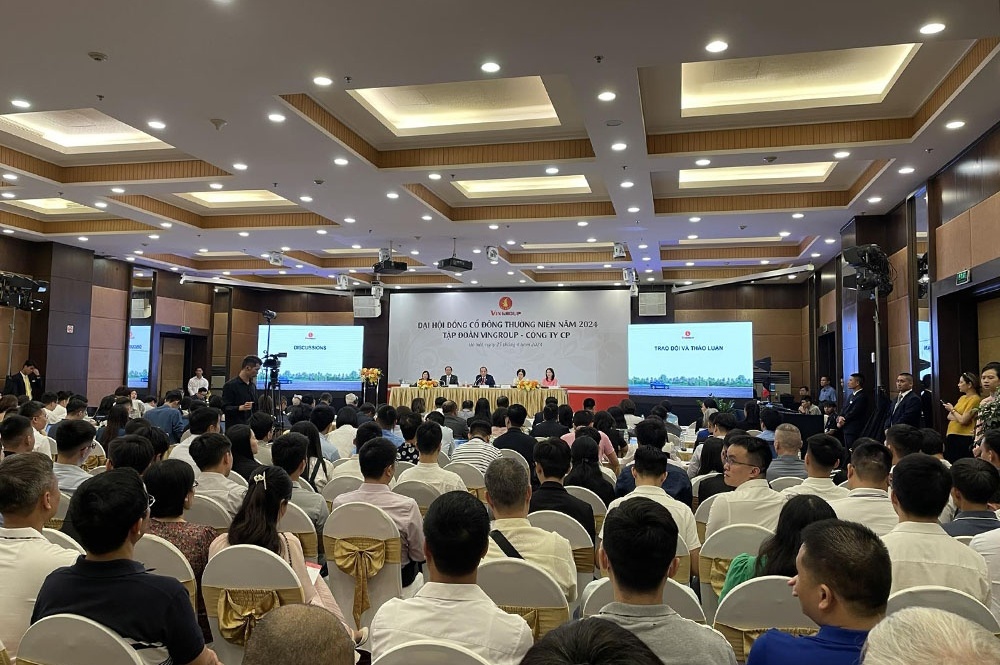
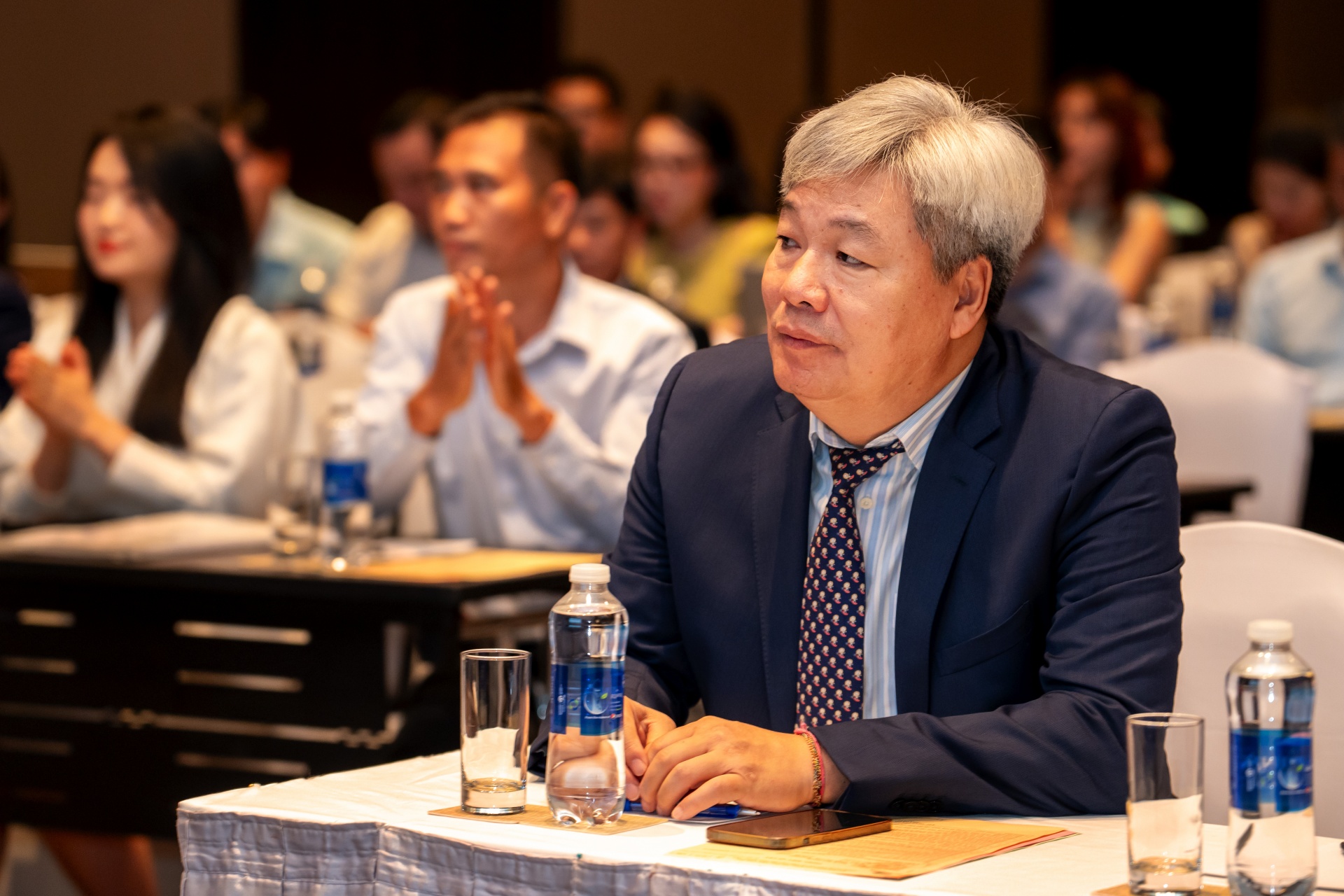
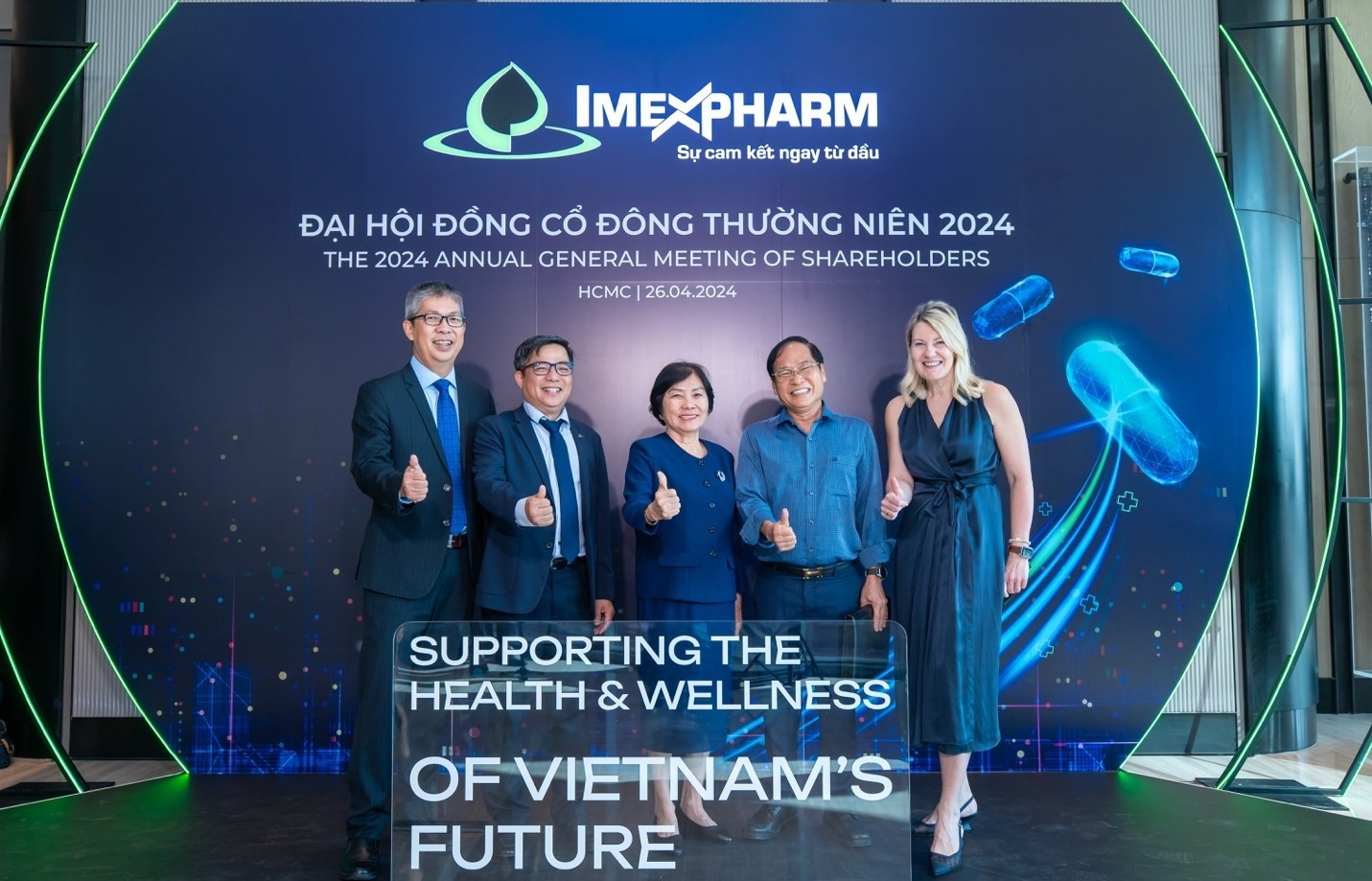




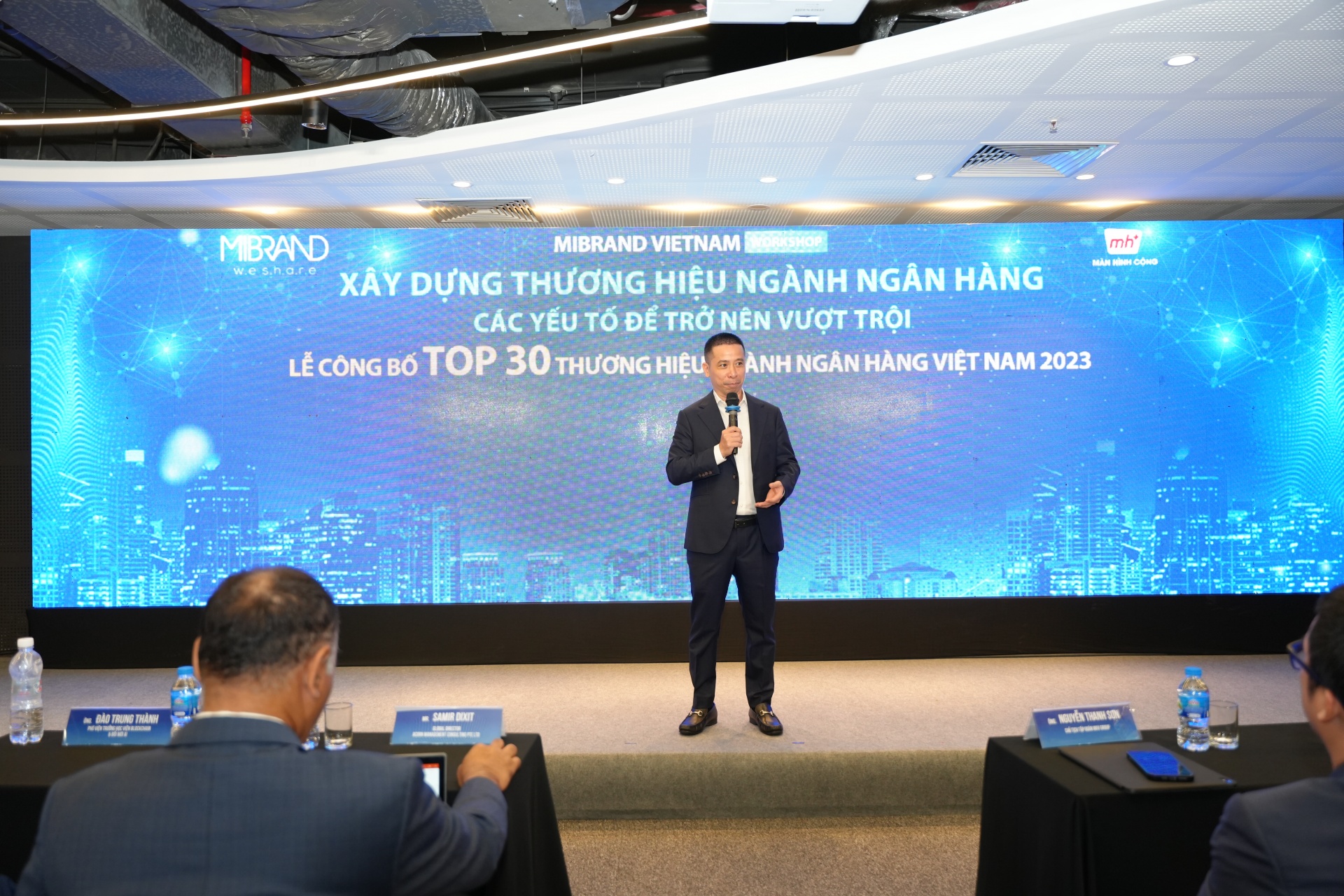
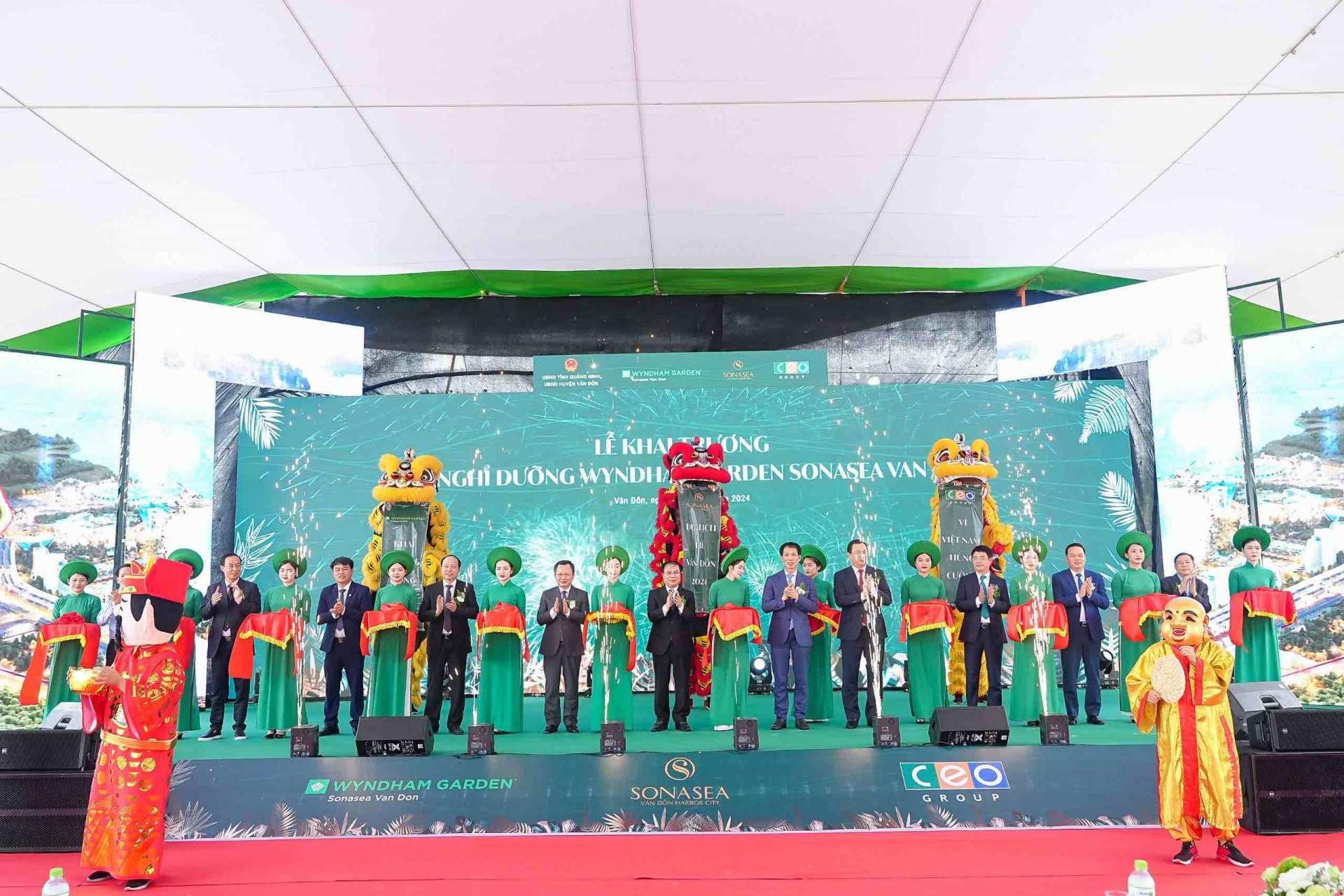
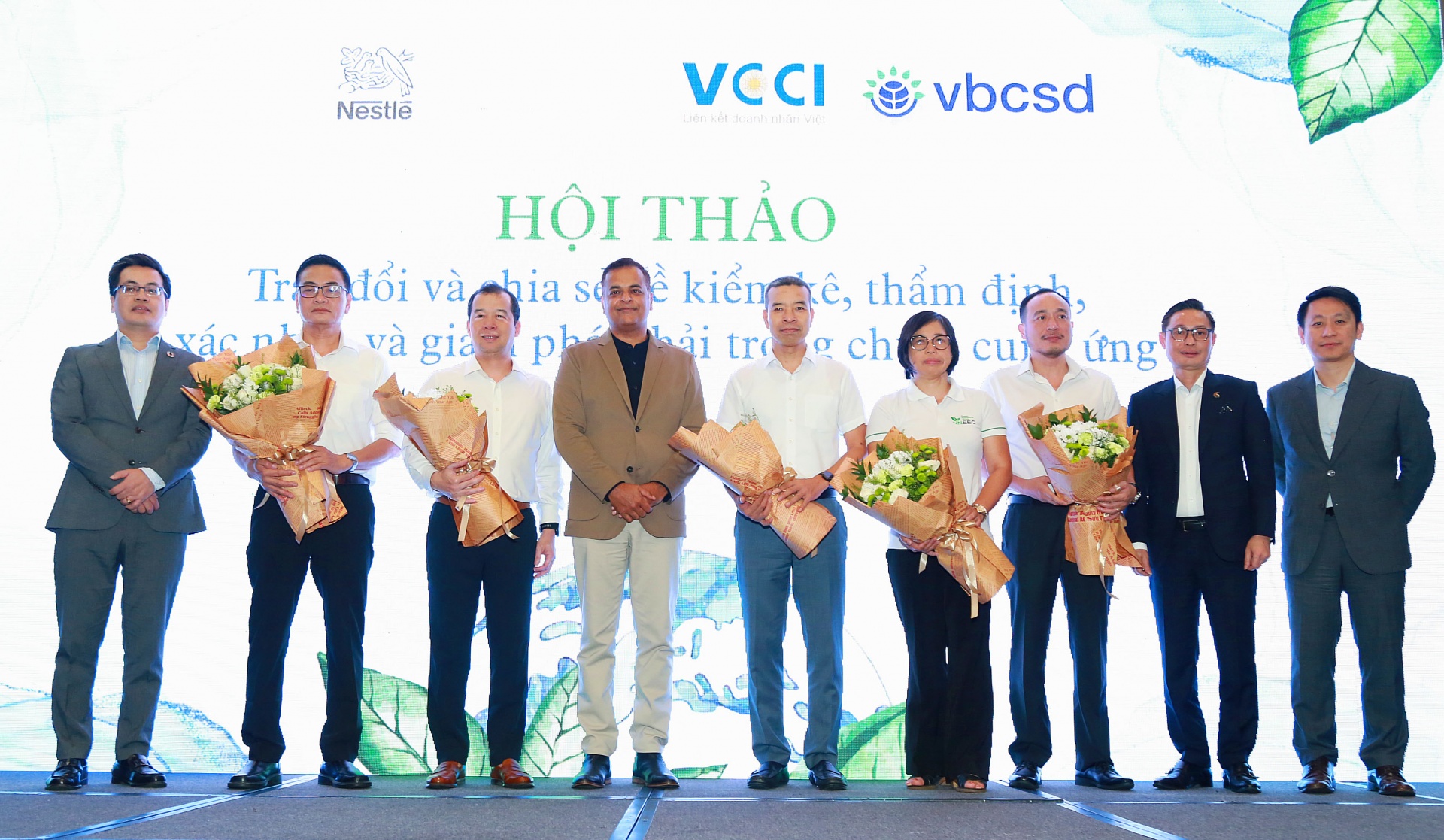



 Mobile Version
Mobile Version